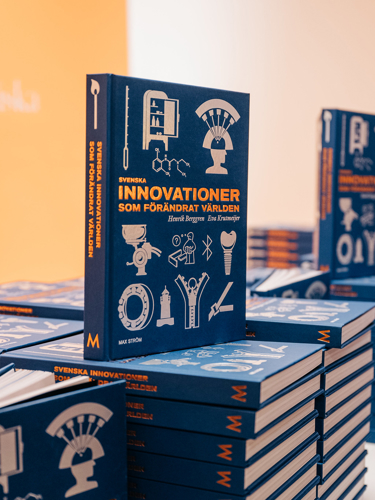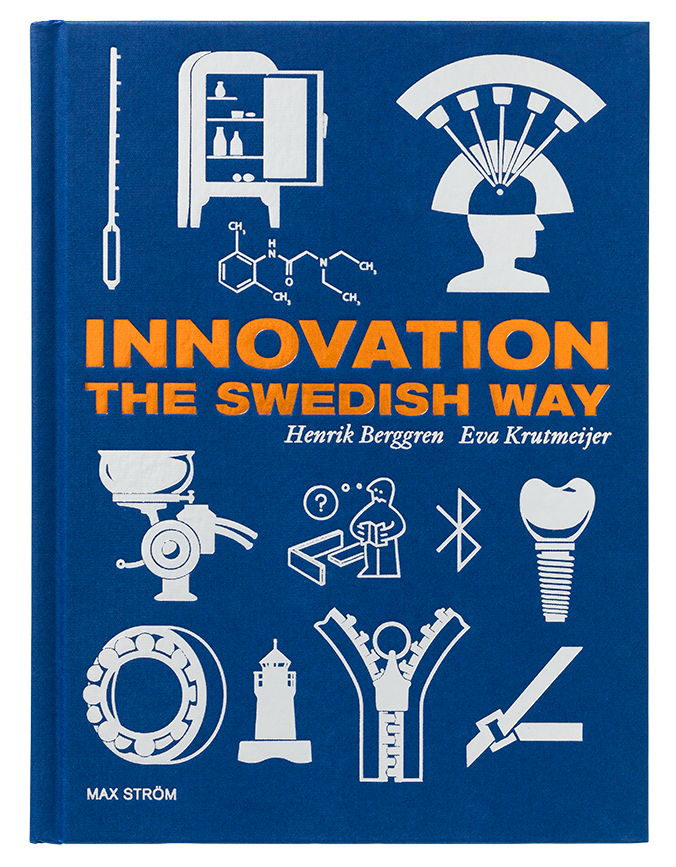Innovation the Swedish way
No other country has produced as many revolutionary innovations per capita as Sweden. In the book Innovation the Swedish way, produced at the initiative of IVA, authors Eva Krutmeijer and Henrik Berggren delve into the structures that created Sweden’s favourable innovation climate. Read four of the chapters here!

The story behind 50 fantastic ideas
Every year, Sweden ranks near the top of the list of the world’s most innovative countries in terms of the number of historically epoch-making innovations, patents granted per capita and innovation start-up companies. The most common reason cited for Sweden’s strength in innovation has been its strong tradition of engineering. But there are other reasons too. In Innovation the Swedish way, Eva Krutmeijer and Henrik Berggren delve into the structures that created Sweden’s favourable innovation climate. They approach the subject by highlighting fifty important Swedish innovations – and through this diversity they uncover some underlying patterns.
In Innovation the Swedish way, Eva Krutmeijer and Henrik Berggren delve into the structures that created Sweden’s favourable innovation climate. They approach the subject by highlighting fifty important Swedish innovations – and through this diversity they uncover some underlying patterns.
The innovations presented in the book span over three hundred years, and many of them are well known all over the world. The concept of innovation is broadly defined by the authors and includes political and social phenomena that arose in Sweden and were later adopted by other countries. The common denominator for all the innovations presented is that they are used in real life. Through storytelling and a rich amount of illustrations, the book provides a greater insight into both the driving forces of each innovator and the importance of collaboration.
The book is produced in cooperation with the Royal Swedish Academy of Engineering Sciences. The book's preface is written by HM the king of Sweden Carl XVI Gustaf. The King is patron of the Royal Swedish Academy of Engineering Sciences and has a keen interest in innovation. The forward-looking afterword is written by IVA's president, Professor Tuula Teeri.
The book is for sale now.



